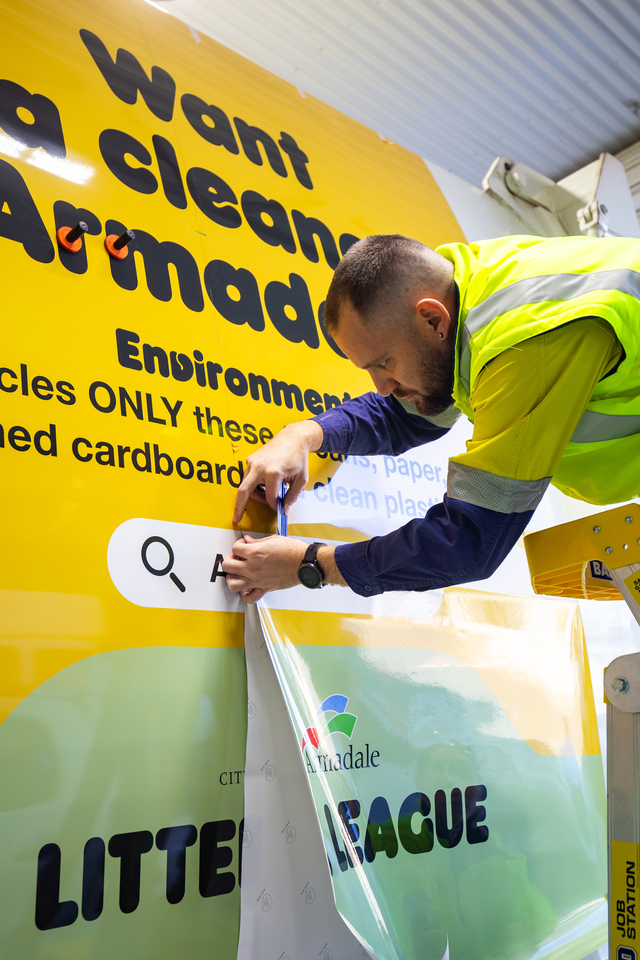When Ken Crossland, Partner in the UK Management Consultancy Division of Coopers & Lybrand, spoke at this year’s Institute of Municipal Management National Congress, he described Local Government in the UK as ‘drinking at the last chance saloon’. He said that Local Government needs to modernise itself and shake off old practices to ensure it has a positive effect on the lives of the people Councils represent.
After ’18 years of dark days of Conservative Government with Compulsory Competitive Tendering (CCT), competition and curtailed spending’, the election of the Blair Government in 1997 has brought a new vision for Local Government based around the concept of Best Value.
Although Best Value is less prescriptive than CCT which it replaces, Ken Crossland was quick to point out that Whitehall is very much calling the tune. The Blair Government has categorically told Councils if they were unable or unwilling to work to the modern agenda, it will have no choice but to look at other partners to take over their role.
Questioning whether ‘this is the spring of opportunity or further dark days’, he pointed out that no one in the previous 18 years had ever suggested Local Government’s role could be taken over by some other body.
Currently, a number of Councils in the UK are piloting the Best Value model. Legislation, introducing it for all Councils, is expected next year.
Best Value requires Councils to meet the aspirations of local people for the highest quality and most efficient services that are possible at a price people are willing to pay. It leaves the decision up to each Council as to the means it will use to achieve Best Value. The Government emphatically points out ‘What matters is what works’.
In its white paper, ‘Improving Local Services Through Best Value’, the Department of Environment Transport and Regions said that the compulsion of CCT bred antagonism: that neither local Councils nor private sector suppliers were able to realise the benefits that can flow from a healthy partnership. Too often the process of competition became an end in itself, distracting attention from services that were being provided.
Best Value emphasises the importance of quality as well as costs. Determining what people want and their expectations through extensive community consultation will be a vital component.
Setting performance targets, regular service reviews, and reporting achievements through Local Performance Plans will be used to demonstrate if best value is being obtained.
As the UK moves away from CCT and down the path of Best Value, no doubt Australian Councils will be watching carefully. A key element that needs to be considered is the criteria used to measure performance and how community expectations are ascertained. Cross industry measures need to be viewed with some scepticism given the great diversity of Councils and the differing aspirations of the communities they serve.







